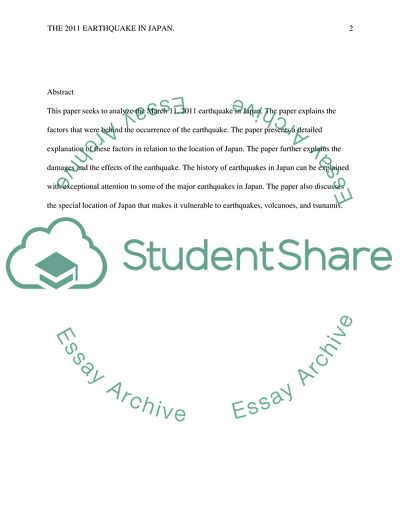Cite this document
(The 2011 Earthquake in Japan Essay Example | Topics and Well Written Essays - 1250 words - 1, n.d.)
The 2011 Earthquake in Japan Essay Example | Topics and Well Written Essays - 1250 words - 1. https://studentshare.org/environmental-studies/1768491-the-2011-earthquake-in-japan
The 2011 Earthquake in Japan Essay Example | Topics and Well Written Essays - 1250 words - 1. https://studentshare.org/environmental-studies/1768491-the-2011-earthquake-in-japan
(The 2011 Earthquake in Japan Essay Example | Topics and Well Written Essays - 1250 Words - 1)
The 2011 Earthquake in Japan Essay Example | Topics and Well Written Essays - 1250 Words - 1. https://studentshare.org/environmental-studies/1768491-the-2011-earthquake-in-japan.
The 2011 Earthquake in Japan Essay Example | Topics and Well Written Essays - 1250 Words - 1. https://studentshare.org/environmental-studies/1768491-the-2011-earthquake-in-japan.
“The 2011 Earthquake in Japan Essay Example | Topics and Well Written Essays - 1250 Words - 1”. https://studentshare.org/environmental-studies/1768491-the-2011-earthquake-in-japan.


